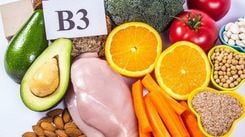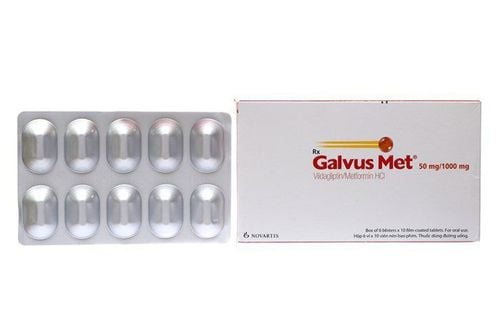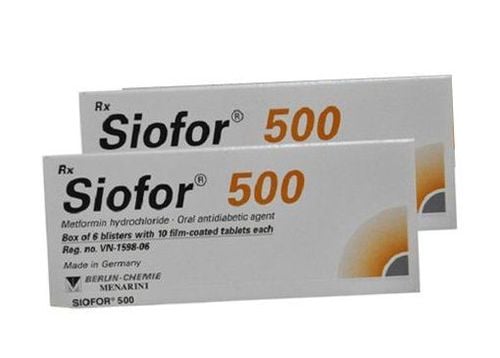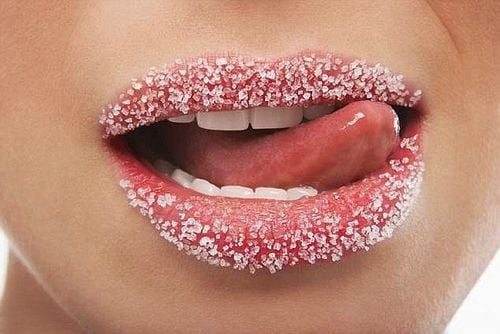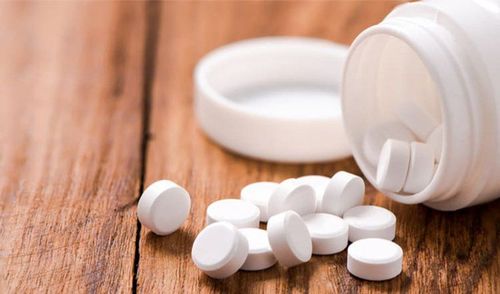Beer is usually made from grains, spices, yeast, and water. Despite not appearing on the ingredient list, sugar is essential for fermentation and beer production.
1. Beer production process
Knowing what type of sugar is in beer, and how much of it there is, requires knowledge regarding beer production. The main ingredients in beer are grains, spices, yeast, and water. Wheat and barley are the most commonly used grains in beer, while hops are the main flavoring of beer.
The beer production process includes the following steps:
- Malting: This step allows the grain to germinate in a controlled manner. It is an extremely important step because germination helps break down stored starches into fermentable sugars - mainly maltose.
- Grinding, and extraction: This is the process that includes roasting, grinding, and soaking the germinated grains in hot water. The result of this process is a sugary liquid called wort.
- Cooking: In this step, hops and other spices are added. The wort is then rapidly cooled and filtered to remove sediment and small particles.
- Fermentation: At this point, yeast is added to the wort to ferment. This substance will convert the sugar into alcohol and carbon dioxide.
- Finish: The final step in the beer production process is storage.
In the beer production process, sugar plays an essential role in the creation of beer. However, it is not added as an ingredient; instead, it is derived from processed grains and then fermented to produce beer.
2. Specific gravity of Beer
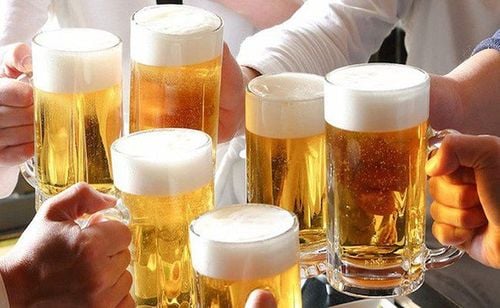
The specific gravity of beer refers to the density of the wort in water at various stages of fermentation and is primarily determined by its sugar content. A wort with a high sugar concentration is known as a high-gravity wort. As fermentation occurs, the yeast consumes sugar, which decreases its concentration while the alcohol concentration increases. This process causes the wort to lose gravity and results in a beer with a high alcohol concentration.
Consequently, specific gravities of beer vary from the initial to the final stage of fermentation. This difference indicates how much sugar is converted into alcohol.
3. Regular beer and lager (German)
Both beer and lager are distinct types of beer, primarily differing in the yeast strain used during fermentation. Regular beers are made with Saccharomyces cerevisiae, while lager, which originates from Germany, is brewed with Saccharomyces pastorianus. The fermentation of sugar is the key function of yeast. Factors such as brewing temperature and alcohol concentration influence the fermentation efficiency of yeast. If the alcohol concentration becomes too high, it can hinder the yeast’s survival, leading to the cessation of the fermentation process.
Of the two strains of yeast, Saccharomyces cerevisiae can tolerate higher alcohol levels than Saccharomyces pastorianus. Consequently, beer typically contains more alcohol and less sugar compared to lager.
4. Sugar content in beer
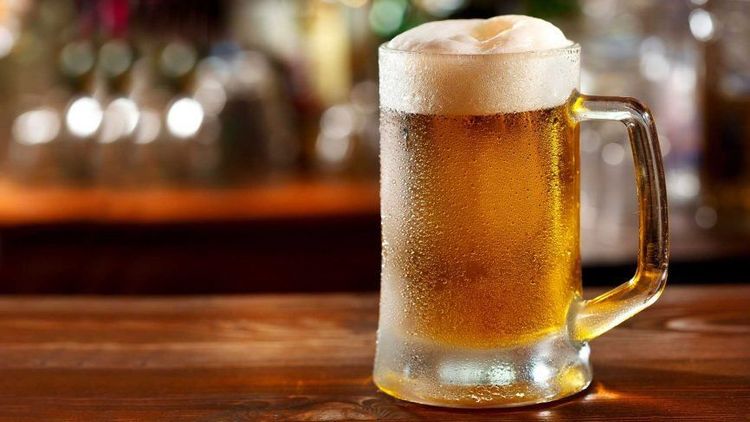
Sugar is a carbohydrate, which is the most basic unit. Carbohydrates are structurally classified into mono-, di-, oligo-, and polysaccharides, based on whether the compound contains 1, 2, 3, or 10 or more sugar molecules, respectively.
The primary sugar found in beer is maltose, which consists of two glucose molecules. As a result, it is classified as a disaccharide, a type of simple sugar. However, maltose and other simple sugars make up only about 80% of the fermentable sugar content in the wort. The remaining 20% is composed of oligosaccharides, which yeast cannot ferment.
However, oligosaccharides can still be digested by the body, and they are often considered calorie-free. Instead, they can act as prebiotic fibers or food for gut bacteria.
In conclusion, while beer does contain a fair amount of carbohydrates, its overall sugar content tends to be lower.
5. Sugar content in different beers
The sugar content in beer can vary based on its initial specific gravity and the yeast strain used during fermentation. Additionally, brewers can use different sugar ingredients in their beer recipes. For instance, honey and corn syrup can impart a unique flavor to the beer. However, it is important to note that the United States labeling regulations for alcoholic beverages do not require manufacturers to disclose the amount of sugar in their products.
Many manufacturers only provide information about the alcohol content of their beer, which can make it challenging to identify the sugar levels. The following list will present the sugar and carbohydrate content found in 355ml servings of various types of beer, as well as popular brands.
- Regular Beer: 12.8 grams carbs, 0 grams sugar
- Light Beer: 5.9 grams carbs, 0.3 grams sugar
- Low-carb Beer: 2.6 grams carbs, 0 grams sugar
- Non-alcoholic Beer: 28.5 grams carbs, 28.5 grams sugar
- Miller High Life: 12.2 grams carbs, 0 grams sugar
- Miller Lite: 3.2 grams carbs, 0 grams sugar
- Coors Banquet: 11.7 grams carbs, 0 grams sugar
- Coors Light: 5 grams carbs, 1 gram sugar
- Coors Non-alcoholic: 12.2 grams carbs, 8 grams sugar
- Heineken: 11.4 grams carbs, 0 grams sugar
- Budweiser: 10.6 grams carbs, 0 grams sugar
- Bud Light: 4.6 grams carbs, 0 grams sugar
- Busch: 6.9 grams carbs, 0 grams sugar
- Busch Light: 3.2 grams carbs, 0 grams sugar
It can be observed that light beers typically contain slightly more sugar than regular beers, which may be attributed to differences in their fermentation process.
Light beers are produced by adding glucoamylase to the wort - an enzyme that breaks down the remaining carbohydrates and converts them into fermentable sugars. This process reduces both the calorie and alcohol content of the beer. Additionally, non-alcoholic beers have the highest sugar content because the sugars in the wort are not converted to alcohol.
Keep in mind that while beer may be low in sugar, it is still a source of carbohydrates that can affect the blood sugar levels. Furthermore, even if sugars are not reported, the alcohol content in beer remains a significant source of calories.
6. Beer and blood sugar
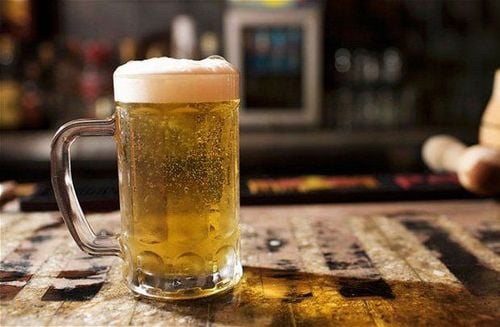
While beer isn’t high in sugar, it is an alcoholic beverage that can cause a decrease in blood sugar levels. Alcohol disrupts sugar metabolism by inhibiting gluconeogenesis and glycogenolysis - two processes of producing and breaking down stored sugar, respectively, which are necessary to regulate blood sugar levels.
Alcohol consumption can lead to hypoglycemia, or low blood sugar, which is why it is often recommended to drink with a meal that contains carbohydrates. However, if alcohol is consumed with simple carbohydrates, it can cause a rapid increase in blood sugar levels. This spike may trigger a heightened insulin response, which can further result in hypoglycemia. In addition, alcohol can affect how well hypoglycemic medications work.
Sugar is an important component in beer production, as it is the nutrient that yeast converts into alcohol. Although beer generally contains low levels of sugar, it is still an alcoholic beverage, which can lower blood sugar levels.
To arrange an appointment, please call HOTLINE or make your reservation directly HERE. You may also download the MyVinmec app to schedule appointments faster and manage your reservations more conveniently.



